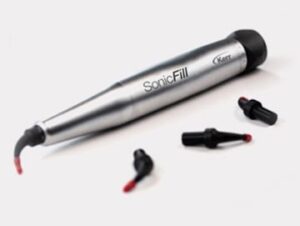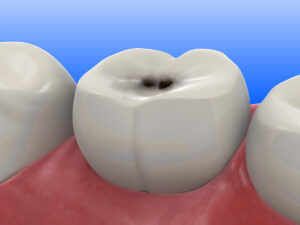Untreated Cavities in the US

With the vast advancements in the dental field this last decade, it may be surprising to learn that untreated cavities are still a prevalent and persistent issue for many people in the United States. More than one in five Americans has untreated cavities and periodontitis, according to Dr. Bruce Dye, an epidemiologist at the U.S. Center for Disease Control and Prevention. “It appears that we haven’t been able to make any significant strides during the last decade to reduce untreated cavities” (Dye). This is in part attributed to economic conditions. With more Americans relying on Medicaid, most states have eliminated dental benefits in order to ease strain on stressed budgets.

The good news is that Medicaid and the Children’s Health Insurance Program (CHIP) provide dental coverage for disadvantaged children, reducing the rates of children needing urgent dental care. Some studies have even suggested that American children are getting the same general level of dental care, regardless of income. The report found that rates of cavities were similar across all age groups, with teens having the lowest rates. Among children aged 5-11, 20% had untreated cavities, compared to 13% of those aged 12-19. Among children and teens, 27% had at least one dental sealant (Everyday Health).

While comprehensive dental coverage is an undeniably large factor in the prevention and treatment of gum disease and cavities, you can lower your odds of developing dental issues through healthy lifestyle choices. Practicing good dental hygiene by regularly brushing and flossing is essential. Cutting back on sugary drinks and unhealthy snacks that feed the bacteria that lead to tooth decay is another controllable element in cavity prevention. Regular dental visits are also paramount. When problems are identified and treated early, it prevents the necessity for more costly and invasive procedures. If you are experiencing sensitivity or pain, schedule an appointment today.
